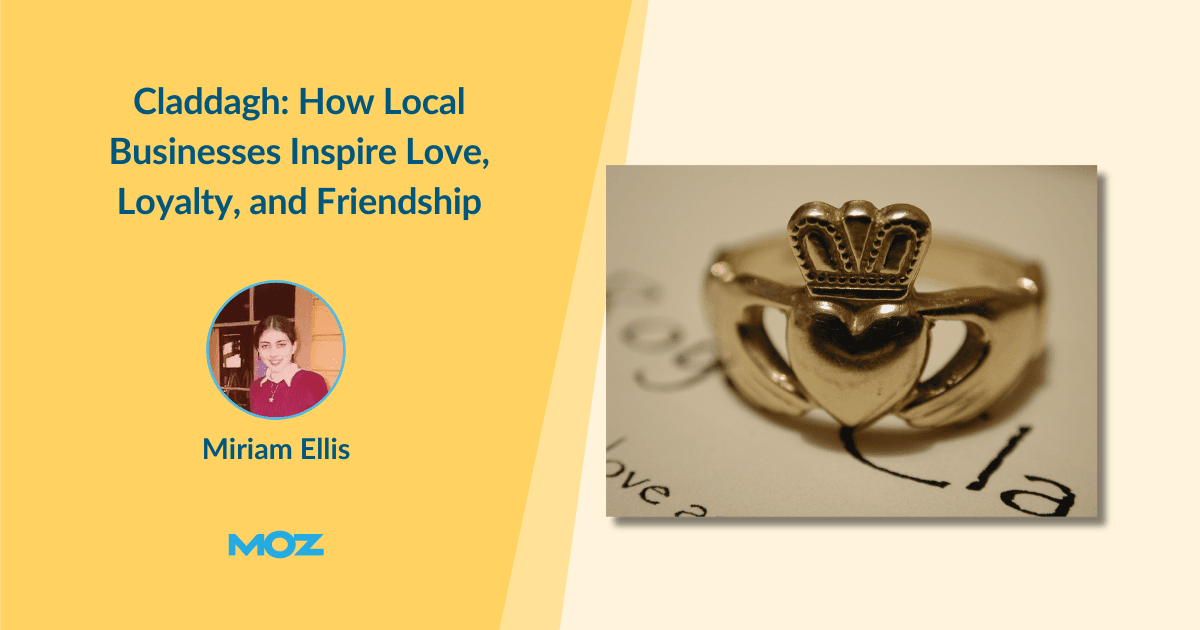MARKETING
How Local Businesses Inspire Love, Loyalty, and Friendship

These three common scenarios can stand in the way of earning the love, loyalty, and friendship of your customers. Fortunately, each of them has a solution you can implement to re-open clear pathways to forming genuine relationships:
1. Lack of employee training in company culture and standards damaging customer experience
65% of respondents to Moz’s large survey on the habits of review writers state that poor or rude customer service caused them to write negative reviews.
Some problems of this kind stem directly from the business owner, but very often, staff simply haven’t been given the training they need to represent the brand well. The more training you give your employees in how your business treats customers and how to manage and escalate complaint resolution on the job, the more you are doing to protect your patrons and the good name of your brand.
2. Inaccurate online information about your business misdirecting and inconveniencing customers
Unmanaged local business listings can accrue inaccuracies over time, leading to customers encountering wrong addresses, phone numbers, and hours of operation. Unfortunately, 52% of Moz’s survey respondents cite this scenario as a cause of their negative reviews.
Active management of your listings, whether manually or via a convenient solution like Moz Local, will significantly reduce the risk of customers developing a negative impression of your brand because they’ve arrived at your location after hours or are getting a “no longer in service” message on an old phone number.
3. Lack of response to calls for help
Sadly, the review databases of major online players like Google, Yelp, and Tripadvisor are awash with unheard complaints that never receive a response from the business owner. It’s an essential adjustment to realize that ignoring negative online reviews is analogous to having a customer approach you in your store to ask for help with something that’s gone wrong and then walking away from them.
Every review merits a response, and negative reviews should be your top priority. The good news is if your response effectively resolves a complaint, it will improve 67% of customers’ opinions of your brand, and 62% will give your business a second chance.
It’s really good to know that you are not powerless to remove some of these major blockers! And, in some cases, the goodwill you earn could have vital consequences for you and your business, as we’ll see next.


















